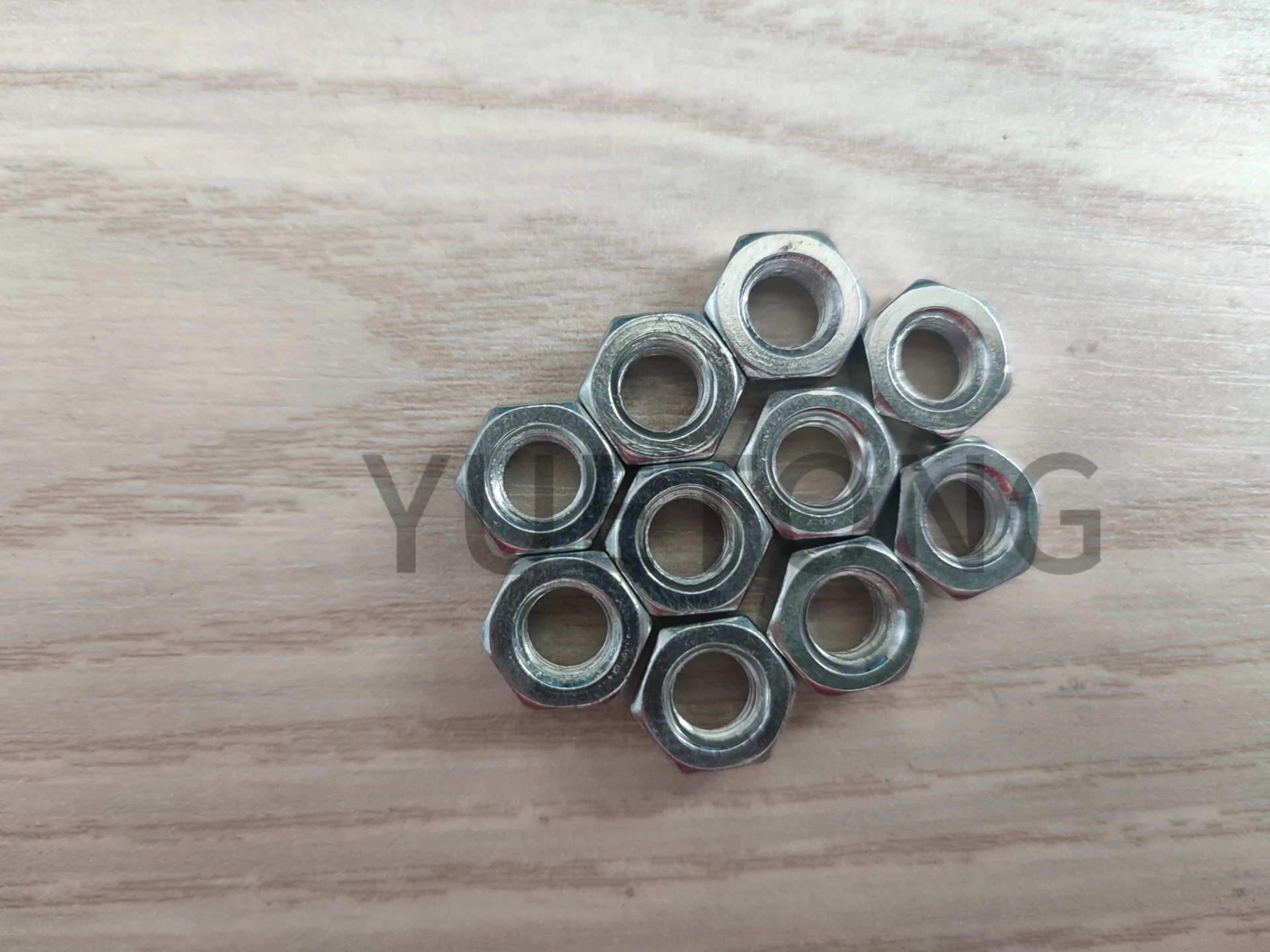Dec . 12, 2024 10:06 Back to list
different types of clamping devices
Understanding Different Types of Clamping Devices
Clamping devices are essential tools used across various industries to secure workpieces during manufacturing, assembly, and machining processes. Whether for woodworking, metal fabrication, or plastic manufacturing, the type of clamping device selected can significantly impact precision, efficiency, and safety. This article delves into the different types of clamping devices, highlighting their uses and advantages.
1. C-Clamps
C-clamps are one of the most common types of clamping devices. They consist of a fixed arm and a movable arm that is tightened using a screw mechanism. Their versatility allows them to accommodate varying sizes of workpieces, making them ideal for tasks ranging from woodworking to metalworking. The ability to apply significant amounts of pressure ensures a secure hold, although they can sometimes be cumbersome in tight spaces.
2. Vises
Vises are sturdy devices typically mounted on workbenches. They come in various designs, such as bench vises, pipe vises, and angle vises. Bench vises are primarily used for holding flat materials, while pipe vises are designed for securing cylindrical objects. Angle vises allow for precise positioning of workpieces at specific angles. Their robust construction provides a firm grip, which is especially valuable in metalworking applications.
Toggle clamps, or quick-action clamps, are designed for rapid clamping and releasing of workpieces. They utilize a toggle mechanism that allows operators to secure materials with minimal effort. These clamps are especially useful in assembly line situations where efficiency is crucial. With various types available, including straight line, vertical, and horizontal toggle clamps, they cater to a wide range of applications.
4. Pneumatic Clamps
different types of clamping devices

Pneumatic clamps operate using compressed air, allowing for fast and consistent clamping force. They are ideal for high-volume production environments where speed and efficiency are paramount. By utilizing air pressure, these clamps can apply powerful clamping forces without the physical strain on the operator. Pneumatic clamps are often used in automated systems and are essential in industries like automotive and aerospace.
5. Hydraulic Clamps
For applications requiring immense pressure, hydraulic clamps are the solution. These devices use hydraulic fluid to generate strong clamping force, making them suitable for heavy-duty tasks, such as in metal stamping and die-casting operations. Their ability to maintain consistent force over extended periods without losing grip is invaluable for critical operations.
6. Pipe Clamps
Pipe clamps are specialized clamping devices designed for holding cylindrical objects, such as pipes and tubes. They offer versatility in positioning and secure gripping, making them invaluable in plumbing and fabrication tasks. Some designs allow for easy adjustment, making them convenient for various project specifications.
7. Magnetic Clamps
Magnetic clamps are particularly useful in situations where traditional clamps cannot be used. By utilizing strong magnets, these clamps can hold metal workpieces securely in place. This is especially advantageous in situations requiring access to all sides of the workpiece, such as in welding or machining applications.
Conclusion
In conclusion, the selection of a clamping device is a critical factor that affects the overall quality and efficiency of manufacturing and assembly processes. From C-clamps for occasional use to hydraulic clamps for heavy-duty applications, each type of clamp serves specific needs within various industries. Understanding the differences among these devices can help operators choose the most suitable clamping solution for their requirements, ultimately leading to improved productivity and product quality. Whether working with wood, metal, or plastic, having the right clamping device can make all the difference in achieving optimal results.


